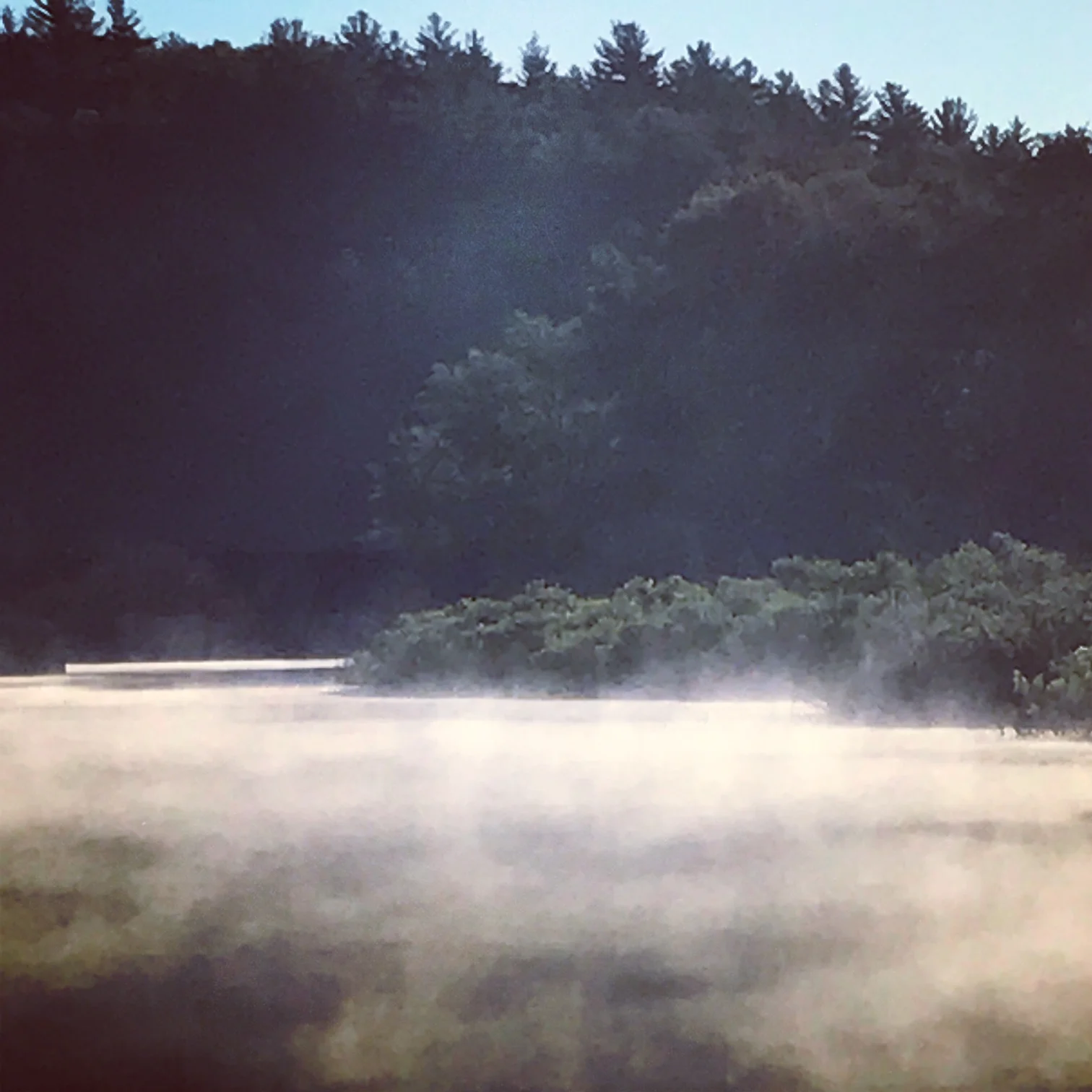#NewThisDay Writing From My Photo Stream
Wild Sarsaparilla Berries
Beaver Habitat (Excerpt from Wikipedia)
The habitat of the beaver is the riparian zone, inclusive of stream bed. The actions of beavers for hundreds of thousands of years [21] in the Northern Hemisphere have kept these watery systems healthy and in good repair.
The beaver works as a keystone species in an ecosystem by creating wetlands that are used by many other species. Next to humans, no other extant animal appears to do more to shape its landscape.[22] Beavers potentially even affect climate change.[23]
Beavers fell trees for several reasons. They fell large mature trees, usually in strategic locations, to form the basis of a dam, but European beavers tend to use small diameter (<10 cm) trees for this purpose. Beavers fell small trees, especially young second-growth trees, for food.
Broadleaved trees re-grow as a coppice, providing easy-to-reach stems and leaves for food in subsequent years. Ponds created by beavers can also kill some tree species by drowning, but this creates standing dead wood, which is very important for a wide range of animals and plants.[24]
All photos and text copyright Kelly DuMar unless otherwise attributed.




